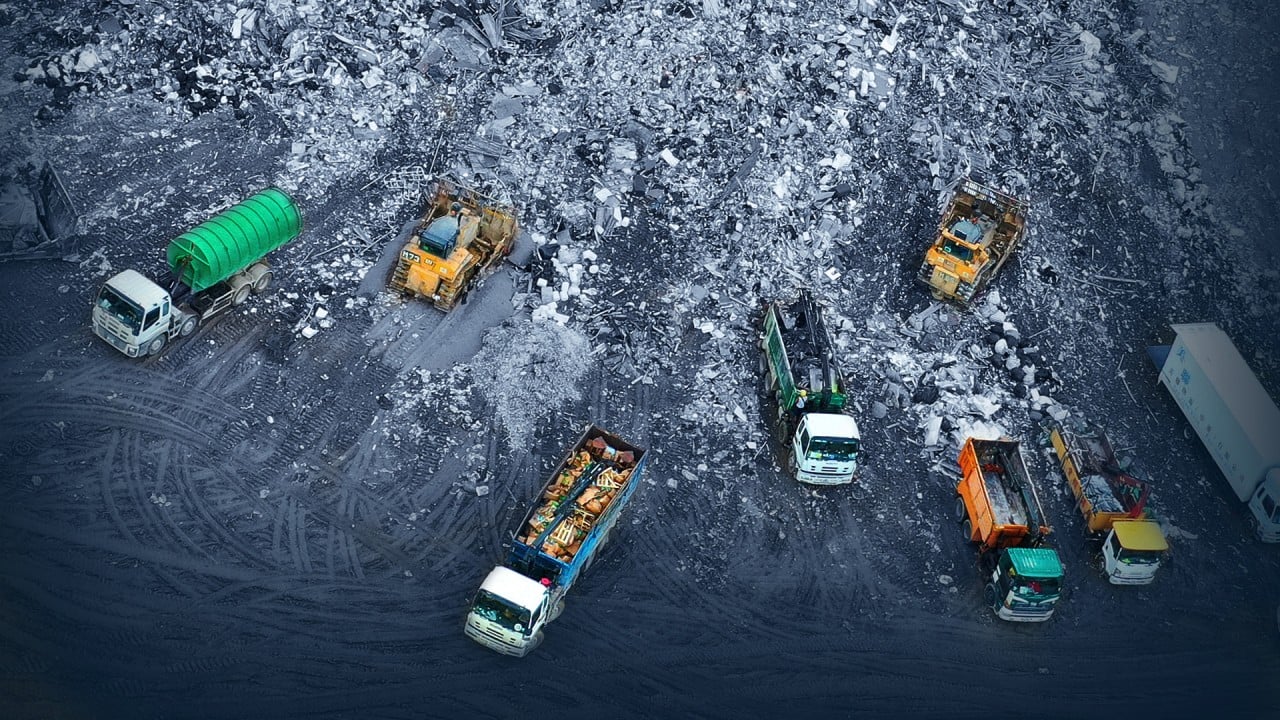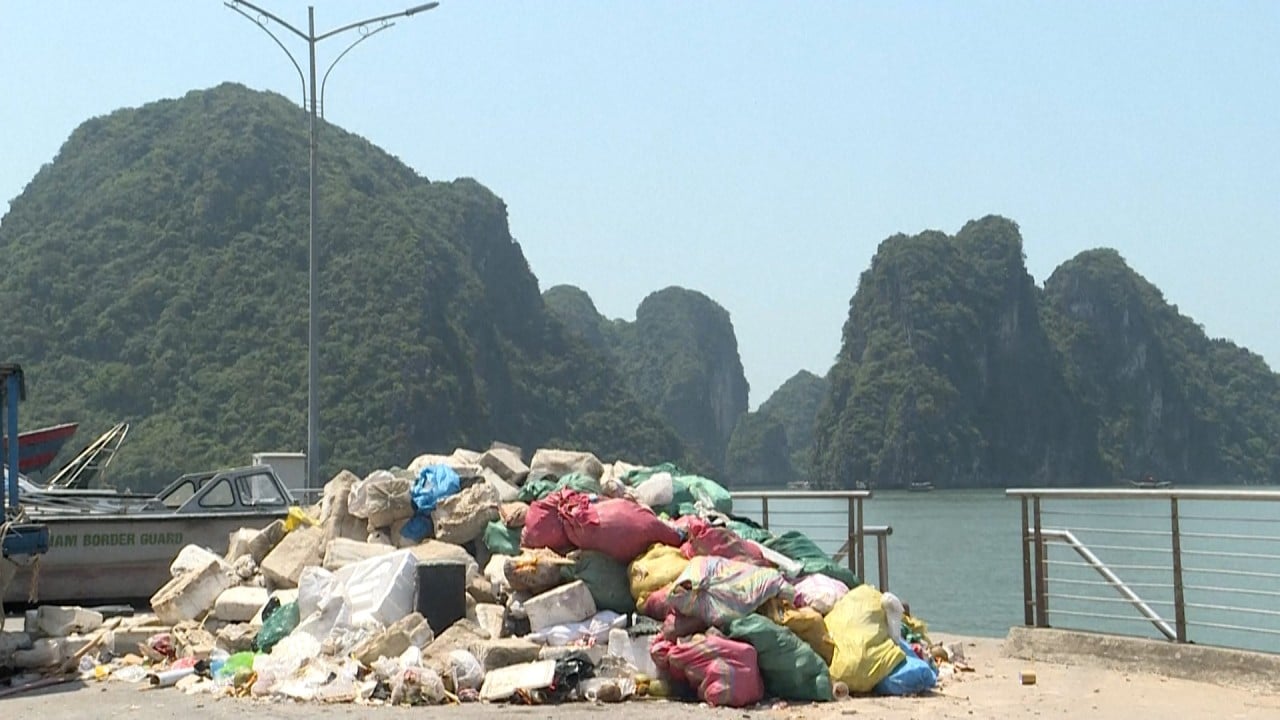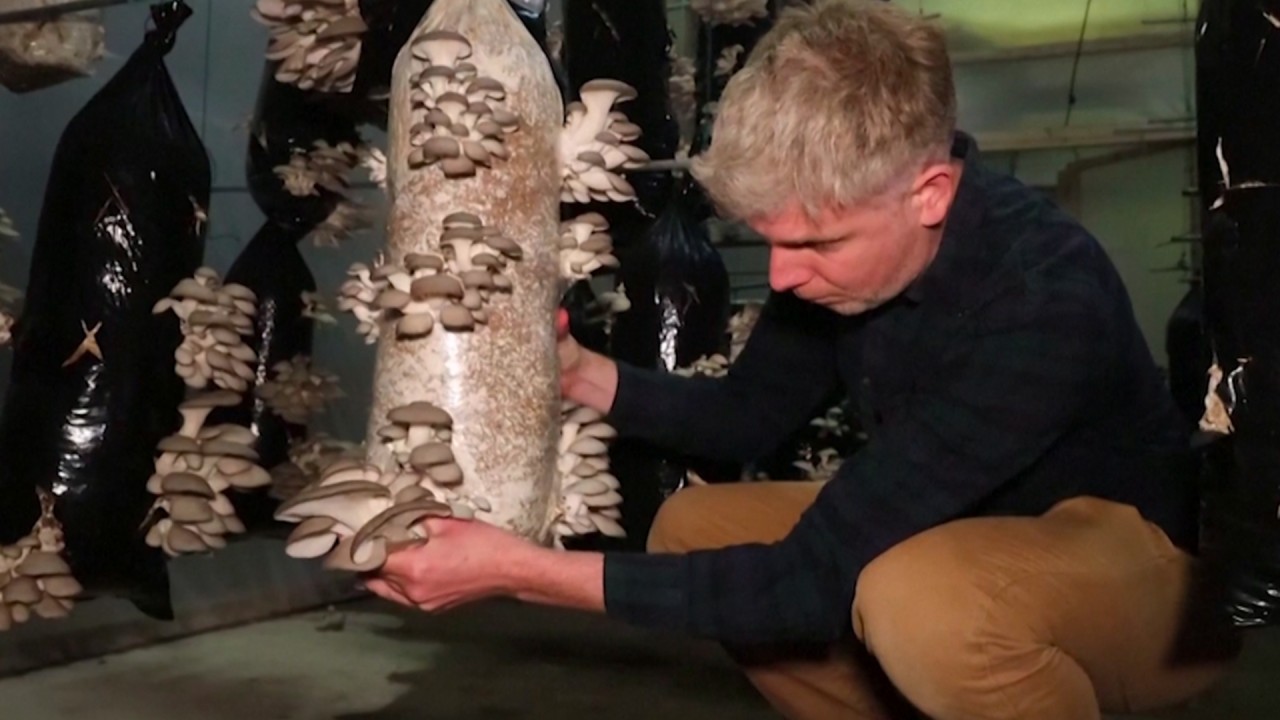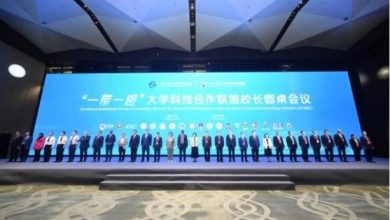Opinion: Beyond a plastic ban, Hong Kong should take an ‘earthshot’ at zero waste
[ad_1]
In 2002, German chemist Michael Braungart and US architect William McDonough published the book Cradle to Cradle: Remaking the Way We Make Things to push for the regenerative use of commercial products and the end of waste.
This is opposed to the “cradle to grave” consumption model where resources are extracted from nature to make products that end up being thrown away, their graveyard an incinerator and/or landfill. Rather, it is about making products that can ultimately return to nature as nutrients.
Instead of pointing the finger at consumers, Braungart and McDonough reduced the sustainability issue to a problem of design. True creativity is designing products that consider the entire life cycle, ensuring that, after use, all that remains are “nutrients”, either for nature or other products.
That’s easier said than done, however, which is why, more than 20 years after Cradle to Cradle, we still rarely see truly recycled products on the market. There are many challenges and this is where the government can step in and push for that giant leap.
We should start with education – because a blind belief in superficial environmental approaches could be worse than doing nothing at all.
A plastic bottle may be recycled for reuse but, if the process requires breaking the first bottle down in a chemical process to make up a new bottle, then the energy incurred means this is not true recycling. We need to face the fact that the best we are doing is mostly downcycling.
Third, we should invest in our education institutions, from tertiary to postgraduate, to encourage research and development in cyclical and regenerative design, from resource mining to manufacturing, packaging to logistics, and distribution to retrieval, to fully understand the ecosystem of any commercial consumable. Only with such understanding will we be able to redefine our design objectives.
Some examples include carpet tiles made of nylon and polyester fibre, terrazzo composites of marble, granite and glass, or particle boards made from wood shavings and resin.
The Buildings Department could help by accepting and legitimising innovative downcycled building materials that are proven to be safe and durable, with good insulation value and structural integrity, while not leaving owners and developers to foot the entire cost of testing and accreditation.
There is nothing convenient about leaping towards an “earthshot”. Convenience involves thinking when we buy a bottled drink from the corner shop and throw the empty bottle away afterwards. Being responsible is a matter of habit, and habits can be changed.
If, beyond the plastic ban, we take progressive steps towards a cyclical design society and launch regenerative commercial products and buildings, we would be crafting a truly sustainable Hong Kong story, whose merits speak for themselves.
Dennis Lee is a Hong Kong-born, America-licensed architect with years of design experience in the US and China
[ad_2]
Source link




.jpg?itok=1s6nSXye)




